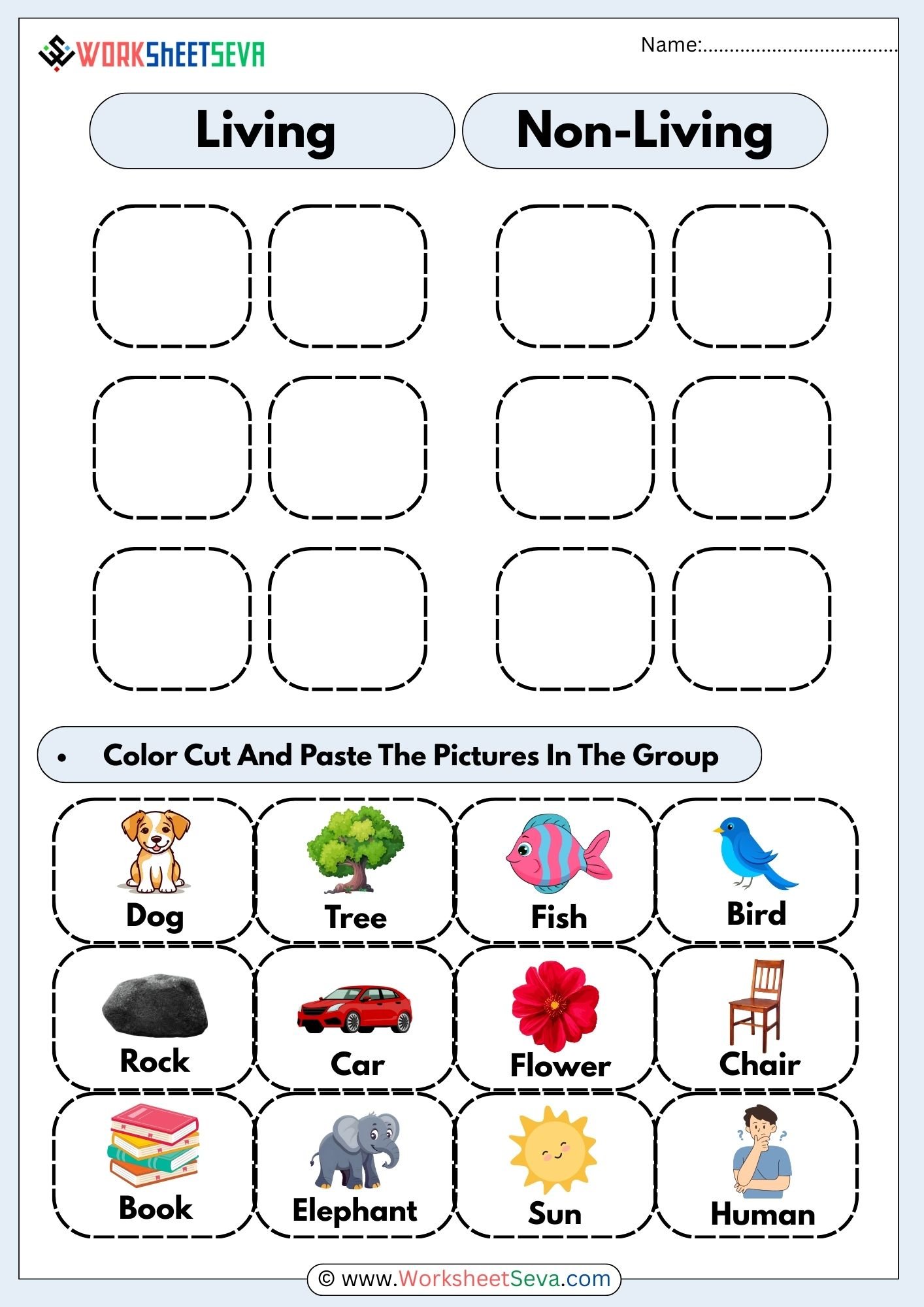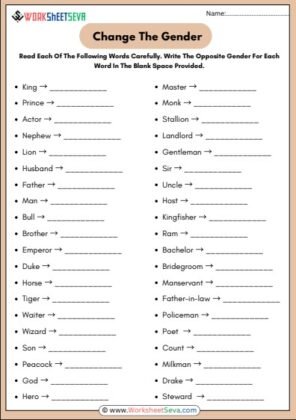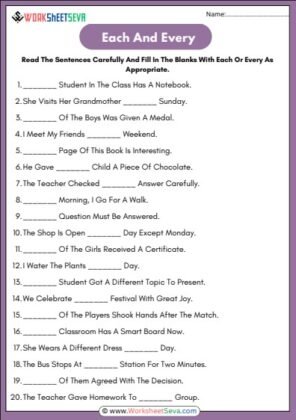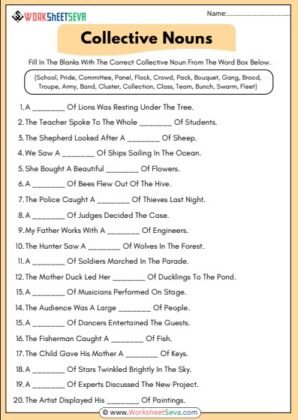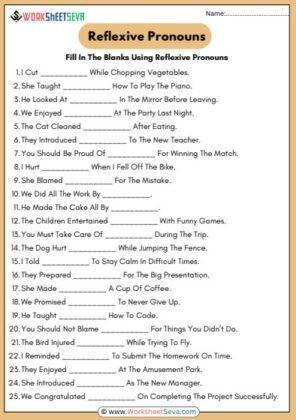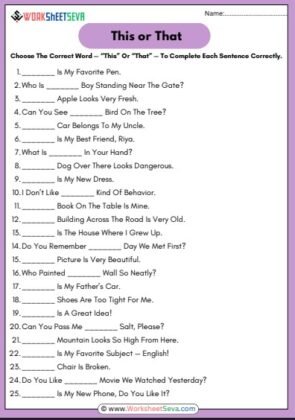Understanding the difference between living and non-living things is one of the first and most important science lessons for young learners. It helps children recognize the world around them, classify objects, and build a foundation for higher scientific concepts. To make this learning interactive and engaging, worksheets are a wonderful tool.
In this worksheet, we will explore the Living And Non Living Things Difference Worksheet in detail. We’ll cover:
- What living and non-living things are
- Key differences between living and non-living things
- Activities included in the worksheet
- Answer key and explanations
- Benefits of using such worksheets for students
- How teachers and parents can use them effectively
This guide will not only help educators but also parents looking to improve their child’s understanding of basic science concepts in a fun way.
What Are Non-Living Things?
Non-living things are objects that do not have life. They do not grow, eat, breathe, reproduce, or respond to the environment. Examples include:
- Rocks
- Chairs
- Books
- Cars
- Sun
Characteristics of Non-Living Things
- No Growth – A chair or rock remains the same size unless altered by external force.
- No Breathing – They don’t take in air.
- No Reproduction – They cannot create new objects of their own.
- No Response – A book will not react if you touch or drop it.
- No Need for Food or Water – Non-living things do not need energy to survive.
Key Differences Between Living and Non-Living Things
| Living Things | Non-Living Things |
|---|---|
| Have life | Do not have life |
| Grow and develop | Do not grow |
| Need food, water, and air | Do not need food, water, or air |
| Reproduce | Cannot reproduce |
| Respond to environment | Do not respond |
| Show movement (animals/plants) | Do not move on their own |
This simple table helps children clearly identify and classify objects around them.
Inside the Living And Non Living Things Difference Worksheet
The worksheet provided by WorksheetSeva.com includes interactive activities that help children distinguish between living and non-living things in a fun and practical way.
Activities Included:
- Coloring Activity – Students can color pictures of living and non-living things differently.
- Cut and Paste Activity – Kids cut out given pictures and paste them into the correct category (Living or Non-Living).
- Sorting Objects – Objects like Dog, Tree, Bird, Car, Rock, Book, Elephant, Chair, Human, Sun, Fish, and Flower are given for classification.
This makes the worksheet both educational and enjoyable for primary school children.
Answer Key with Explanations
Here’s the correct classification from the worksheet:
Living Things:
- Dog 🐶 – It breathes, eats, grows, and reproduces.
- Tree 🌳 – It grows, takes in nutrients, and reproduces through seeds.
- Bird 🐦 – It moves, flies, lays eggs, and breathes.
- Elephant 🐘 – A mammal that grows, reproduces, and eats.
- Human 👨👩👧👦 – A living being that shows all life processes.
- Fish 🐟 – Lives in water, breathes through gills, grows, and reproduces.
- Flower 🌸 – Part of a plant that reproduces and grows.
Non-Living Things:
- Car 🚗 – Moves with fuel but does not have life.
- Rock 🪨 – Does not grow, eat, or reproduce.
- Book 📖 – Provides knowledge but does not breathe or grow.
- Chair 🪑 – A man-made object without life.
- Sun ☀️ – Provides light and energy but is non-living.
The Living And Non Living Things Difference Worksheet is an excellent resource for young learners to identify and classify objects in their environment. With its combination of coloring, cut-and-paste, and sorting activities, it turns a simple science concept into an enjoyable learning experience.
By practicing with this worksheet, children not only understand the basic differences between living and non-living things but also improve observation, logical thinking, and fine motor skills. Parents and teachers can make science fun, interactive, and engaging with this activity-based approach.

